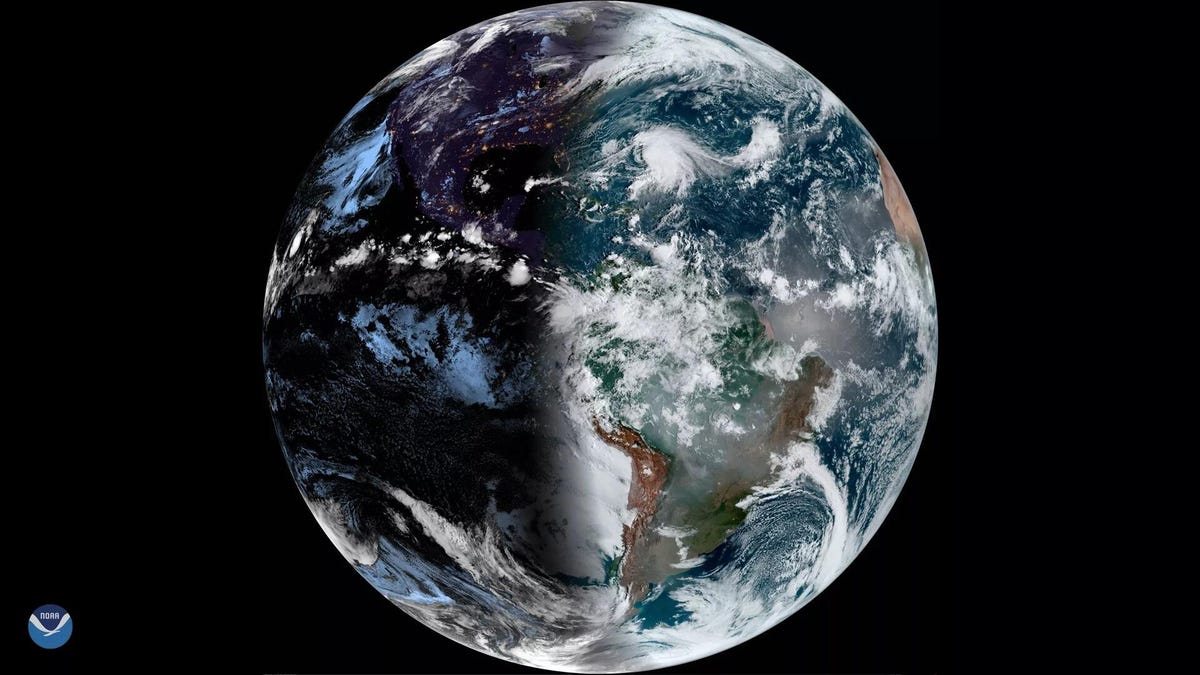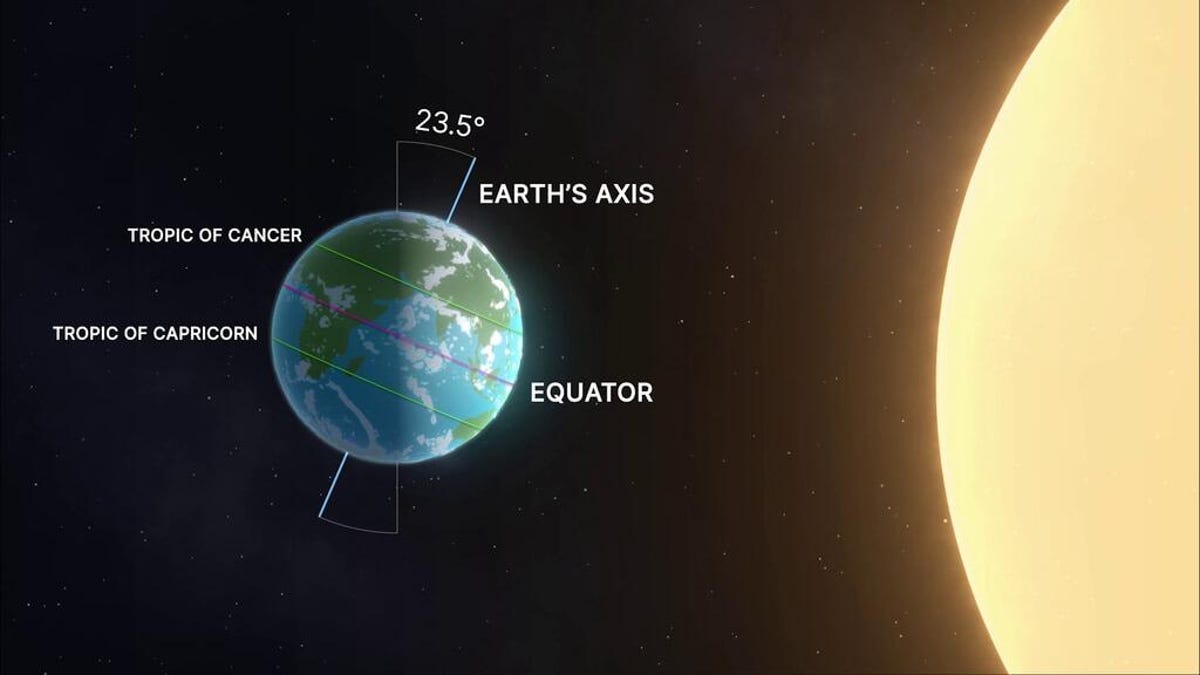The 2024 Autumnal Equinox is Fast Approaching: Everything You Need to Know




Summer isn’t officially over yet, but fall is just around the corner. There are specific times when the astronomical seasons officially change. For fall, it’s the autumnal equinox. For spring, it’s the vernal equinox.
The autumnal equinox in the Northern Hemisphere occurs in September and for many marks a welcome shift in the seasons after a long, hot summer. But what exactly is an equinox? It’s all about the Earth and its relationship to the sun. Here’s how to understand, visualize, and celebrate the autumnal equinox.
Understanding Equinox
The meaning of equinox is already in the name: it is a combination of the Latin words for equal and night.
“There are only two periods of the year when the Earth’s axis is tilted neither toward nor away from the sun, resulting in ‘nearly’ equal amounts of daylight and darkness at all latitudes,” the National Weather Service said in an explanation of the seasons.

An illustration from NASA shows the tilt of the Earth relative to the sun.
The Earth rotates on an axis (picture a line running from pole to pole), and the planet is tilted at a happy 23.5 degrees. Tilt is what gives us seasons. Because the Earth orbits the sun, tilt means that some parts of the planet get more direct sunlight than others. So it can be summer in the Northern Hemisphere (tilted toward the sun) and winter in the Southern Hemisphere (tilted away from the sun) at the same time. During the equinox, the sun shines directly on the equator, giving equal amounts of love to both hemispheres.
Other planets that are also tilted on their rotational axis also experience equinoxes. However, the time scales can be very different. An equinox on Saturn only occurs about every 15 Earth years. That means each season lasts more than seven years on Saturn. It’s even wilder on Neptune, where seasons last decades. We can be thankful for the relatively short seasons on our planet.
When is the autumnal equinox?
The Northern Hemisphere’s autumnal equinox falls on September 22 this year. If you want to be extra specific and mark your calendar, mark it for 5:44 a.m. PT. Dates can shift slightly for equinoxes depending on the year, but it always falls around this time in September. The next Northern Hemisphere vernal equinox will occur on March 20, 2025, marking the beginning of spring.
How is the equinox different from the solstice?

This chart from the National Weather Service shows the tilt of the Earth, how the Earth orbits the sun, and when the equinoxes and solstices occur in the Northern Hemisphere.
Like equinoxes, solstices are associated with the tilt of the Earth, but instead of daylight and night being of equal length, the days and nights are extreme. The winter solstice is the shortest day of the year, while the summer solstice is the longest. The winter solstice for the Northern Hemisphere falls on December 21 this year.
View equinoxes from space
Earth-observing satellites in orbit have a unique view of the equinox. A video from NASA Earth Observatory shows Earth from space and how the position of the sun changes with the changing seasons. It’s a great way to visualize what happens as our planet orbits the sun.
How do you celebrate the autumnal equinox?

Autumn has arrived and that means it’s time for adventures where you can admire the fall colors.
Equinoxes aren’t like eclipses or meteors. There’s no big wow moment when you see something spectacular. This year’s autumnal equinox will seem like any other day, but it’s a neat way to mark the changing of the astronomical seasons. You can go around declaring, “It’s officially the first day of fall!” How you celebrate is up to you. Here’s a suggestion: Throw on your favorite sweater, take a scenic walk through the leaves, and sip a pumpkin spice latte to welcome fall in style.




